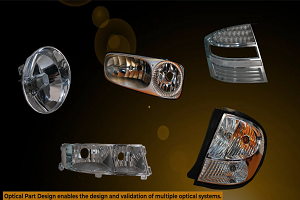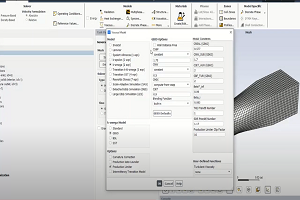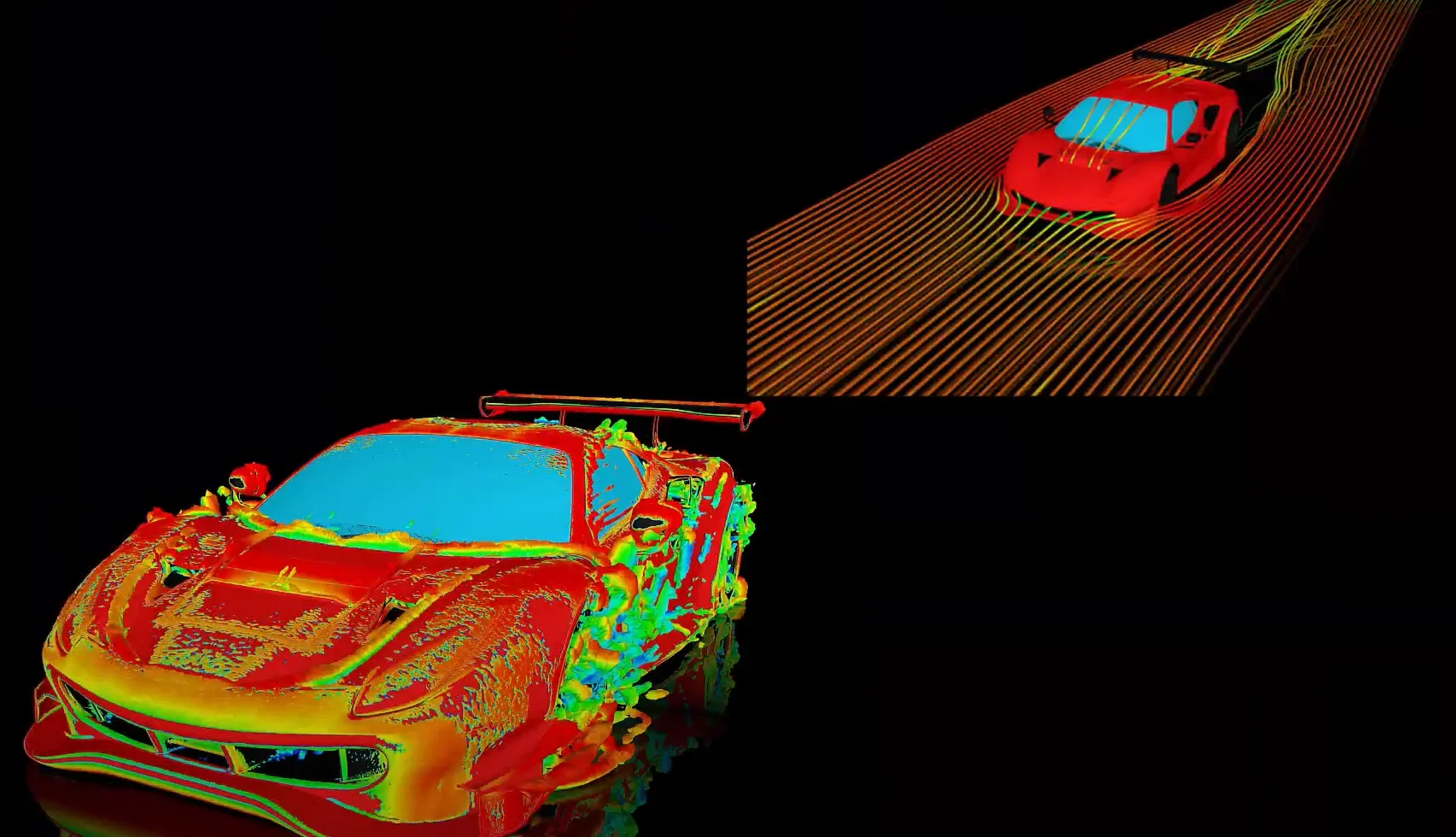Tagged: ansys-workbench, meshing, Tessellation refinement
-
-
June 6, 2022 at 10:32 am
 FAQParticipant
FAQParticipantWhen one does assembly meshing in ANSYS Workbench Meshing, it uses Tgrid code for mesh generation. For that it translates data from CAD format to faceted format (like STL). By default, CAD data itself is represented in Meshing as underlying facets. In most cases, if the quality of imported geometry is good, keeping Tessellation Refinement value to default works. Alternatively, one can set this value to 0, which means that no refinement would be performed on existing CAD facets, and data transfer will be faster. On investigation (looking at failed mesh in case of mesh failure, looking for smallest edges and features, also deciding inflation layer height, etc.), if one feels that a user defined value for tessellation refinement maybe required, one can estimate what is the minimum mesh size which will be needed for this model. For example, if one determines that the minimum mesh size needed would be 1e-3 m, then re-specify the Tessellation Refinement Tolerance value again and set it to 1/10th of that value, i.e., 1e-4 m in this case.
-


Introducing Ansys Electronics Desktop on Ansys Cloud
The Watch & Learn video article provides an overview of cloud computing from Electronics Desktop and details the product licenses and subscriptions to ANSYS Cloud Service that are...

How to Create a Reflector for a Center High-Mounted Stop Lamp (CHMSL)
This video article demonstrates how to create a reflector for a center high-mounted stop lamp. Optical Part design in Ansys SPEOS enables the design and validation of multiple...

Introducing the GEKO Turbulence Model in Ansys Fluent
The GEKO (GEneralized K-Omega) turbulence model offers a flexible, robust, general-purpose approach to RANS turbulence modeling. Introducing 2 videos: Part 1 provides background information on the model and a...

Postprocessing on Ansys EnSight
This video demonstrates exporting data from Fluent in EnSight Case Gold format, and it reviews the basic postprocessing capabilities of EnSight.

- How to reverse surface normal in SpaceClaim?
- How to Change the Direction of the Normal Vector of the Internal Face?
- ANSYS Workbench: Decomposition and Hex Meshing – Part I
- Create Sections in Meshing
- ANSYS ICEM CFD: Basic Blocking
- Tip on exporting geometry in Parasolid, STEP format from DesignModeler
- How can I create a 2D section from a 3D model in SpaceClaim ?
- How do you turn a rectangular surface mesh into a triangular surface mesh?
- What is meaning of message: One or more objects may have lost some scoping attachments during the geometry update.
- What is the difference between patch dependent meshing and patch independent meshing?

© 2025 Copyright ANSYS, Inc. All rights reserved.

